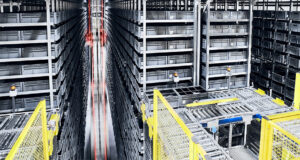WMS Selection Criteria
When selecting a warehouse management system (WMS), there are a few key criteria that companies should consider. First, it's essential to make sure that the features the system provides are tailored to the size, industry, and specific needs of the company's warehouse. This includes a wide range of functions, from basic functions such as inventory management, picking, packing, and shipping, to real-time data analysis and advanced reporting capabilities. Another important evaluation point is whether the system can be flexibly expanded as the company grows and changes in operations, and whether it can be customized as needed. The user-friendliness of the system should also be considered, and whether the operation is intuitive and the design minimizes training costs and time. In terms of cost, it is necessary to evaluate not only the initial investment, but also the overall cost of operating and future upgrades. Finally, the quality of customer support provided by the vendor and the post-implementation service structure are also important considerations. By taking these criteria into consideration hoministly and selecting the right WMS, companies can improve the efficiency of their warehouse operations, reduce costs, and increase customer satisfaction.






